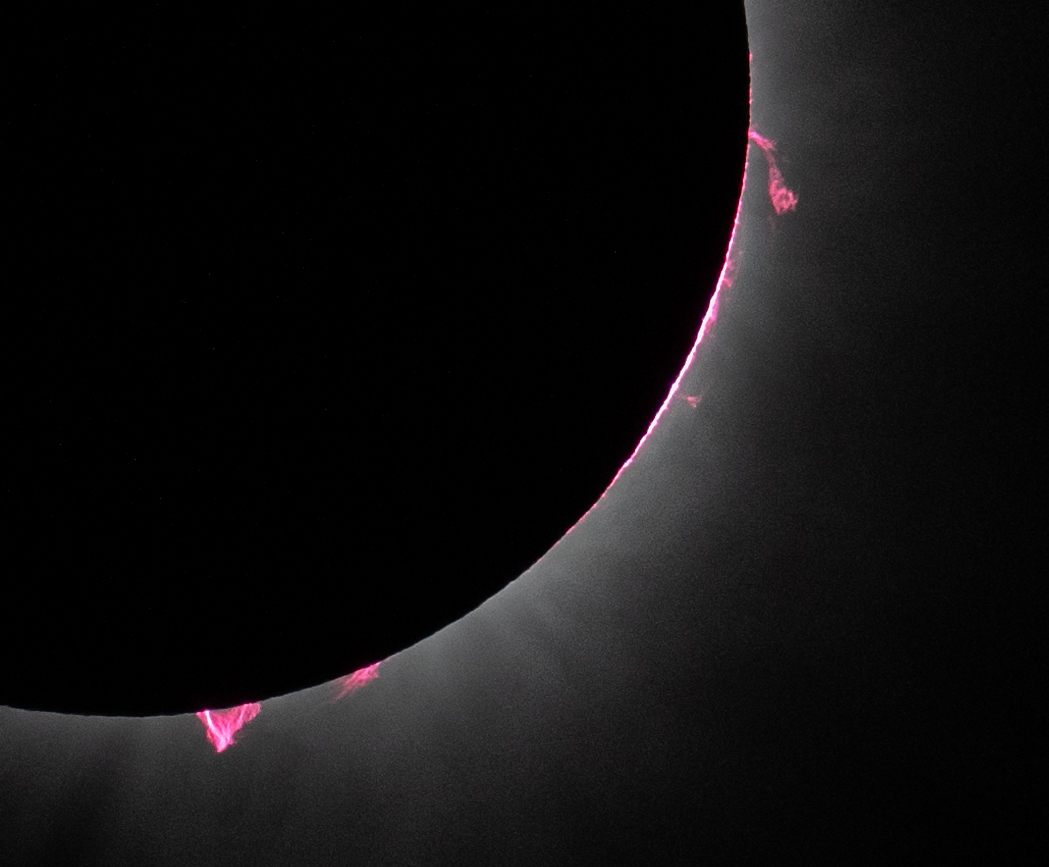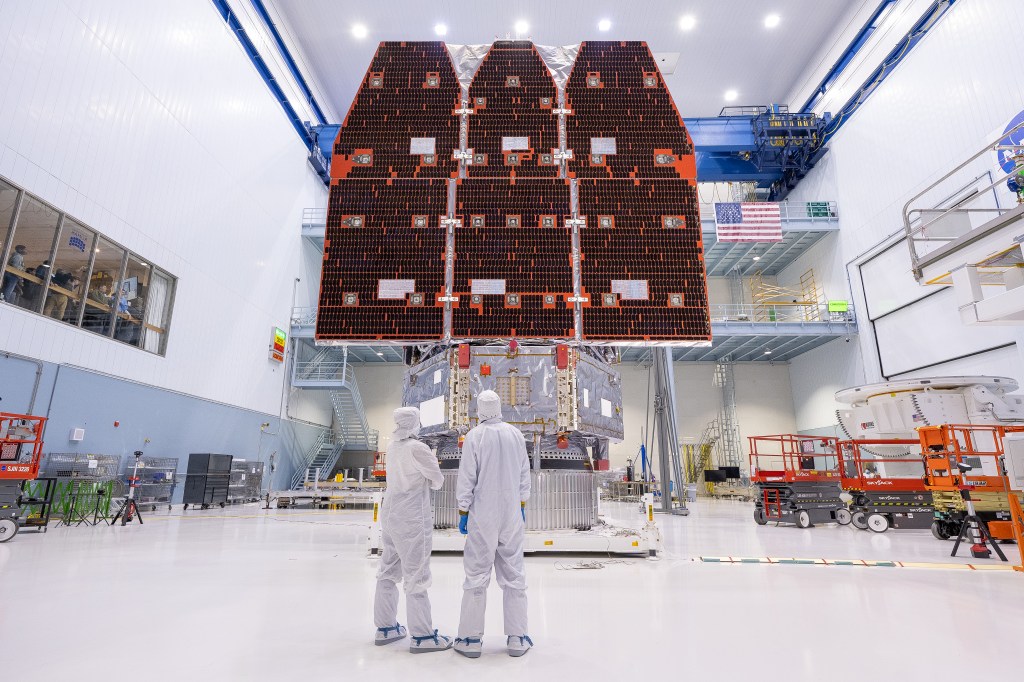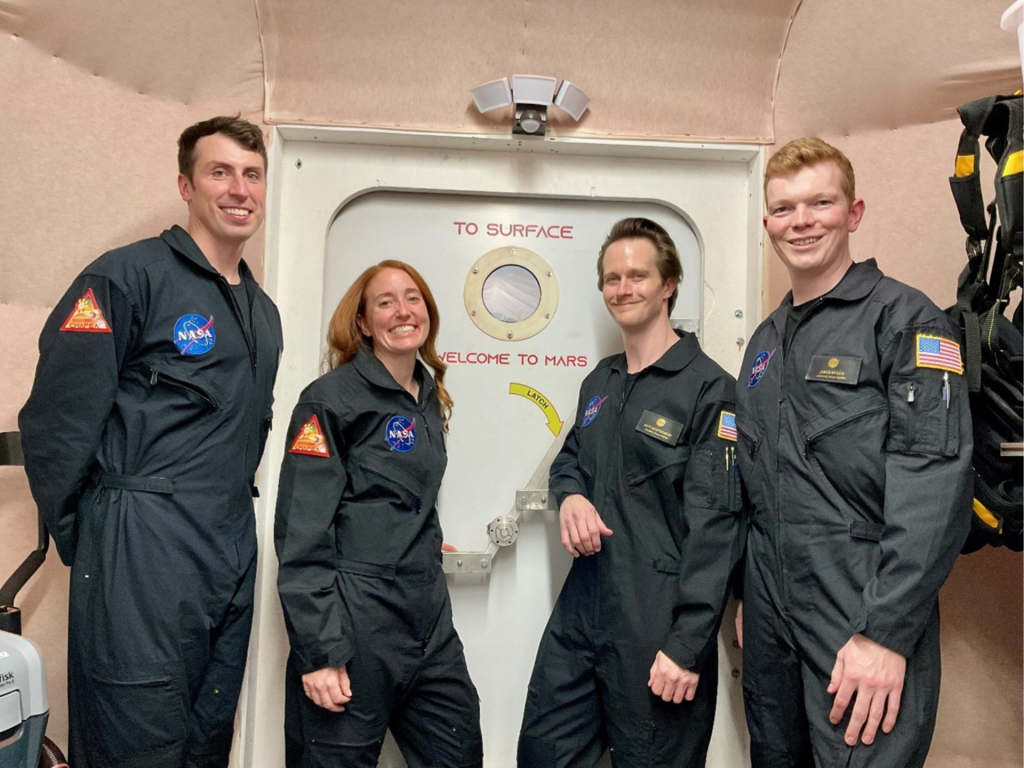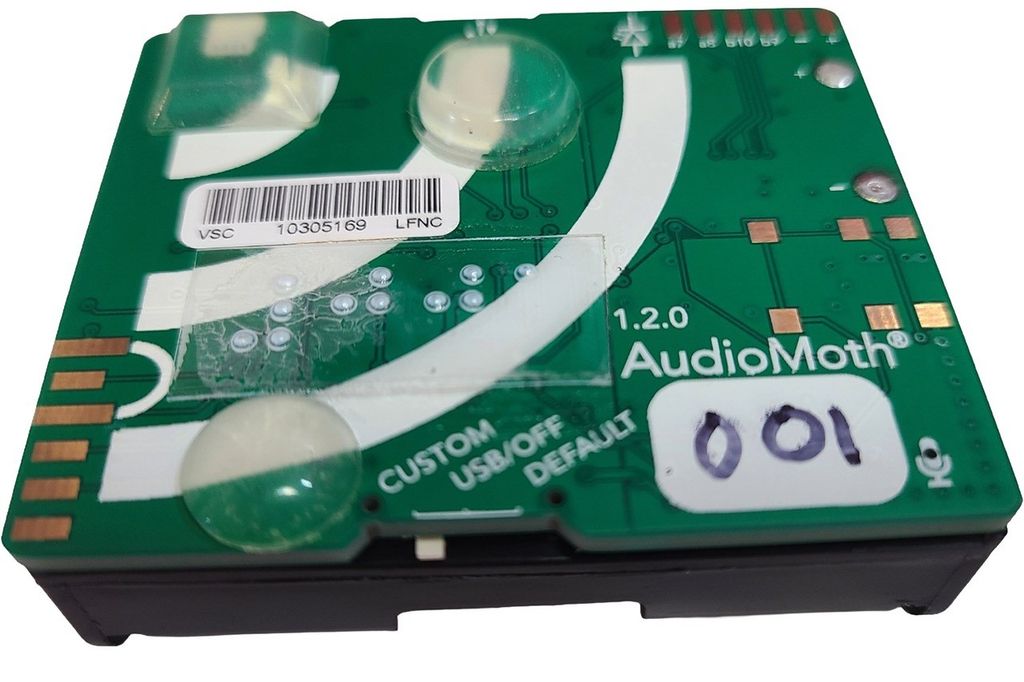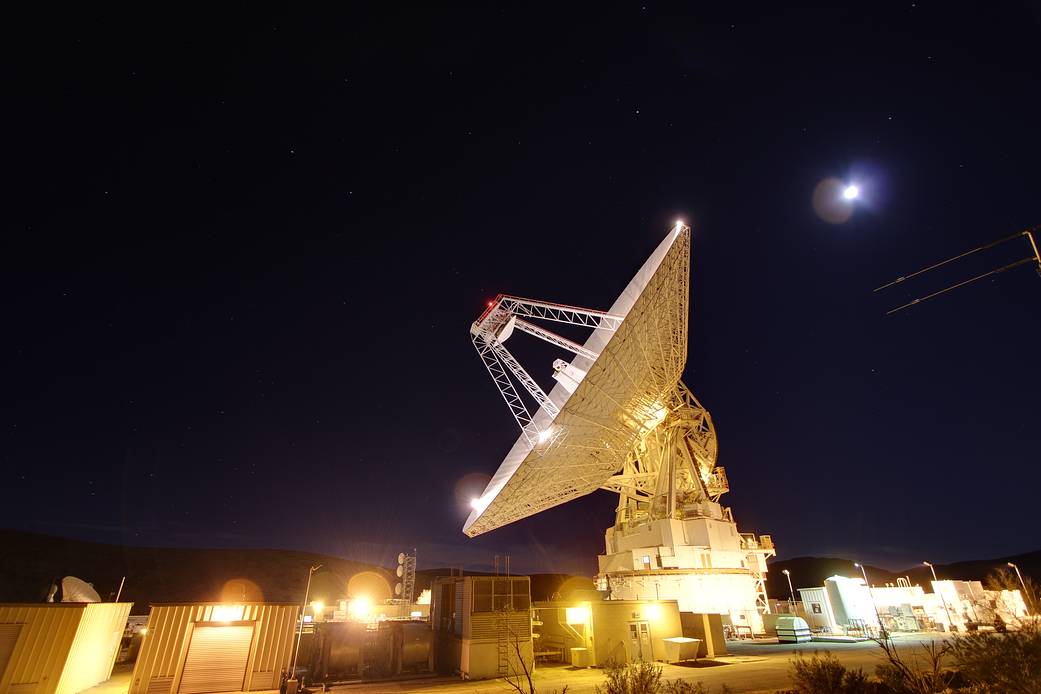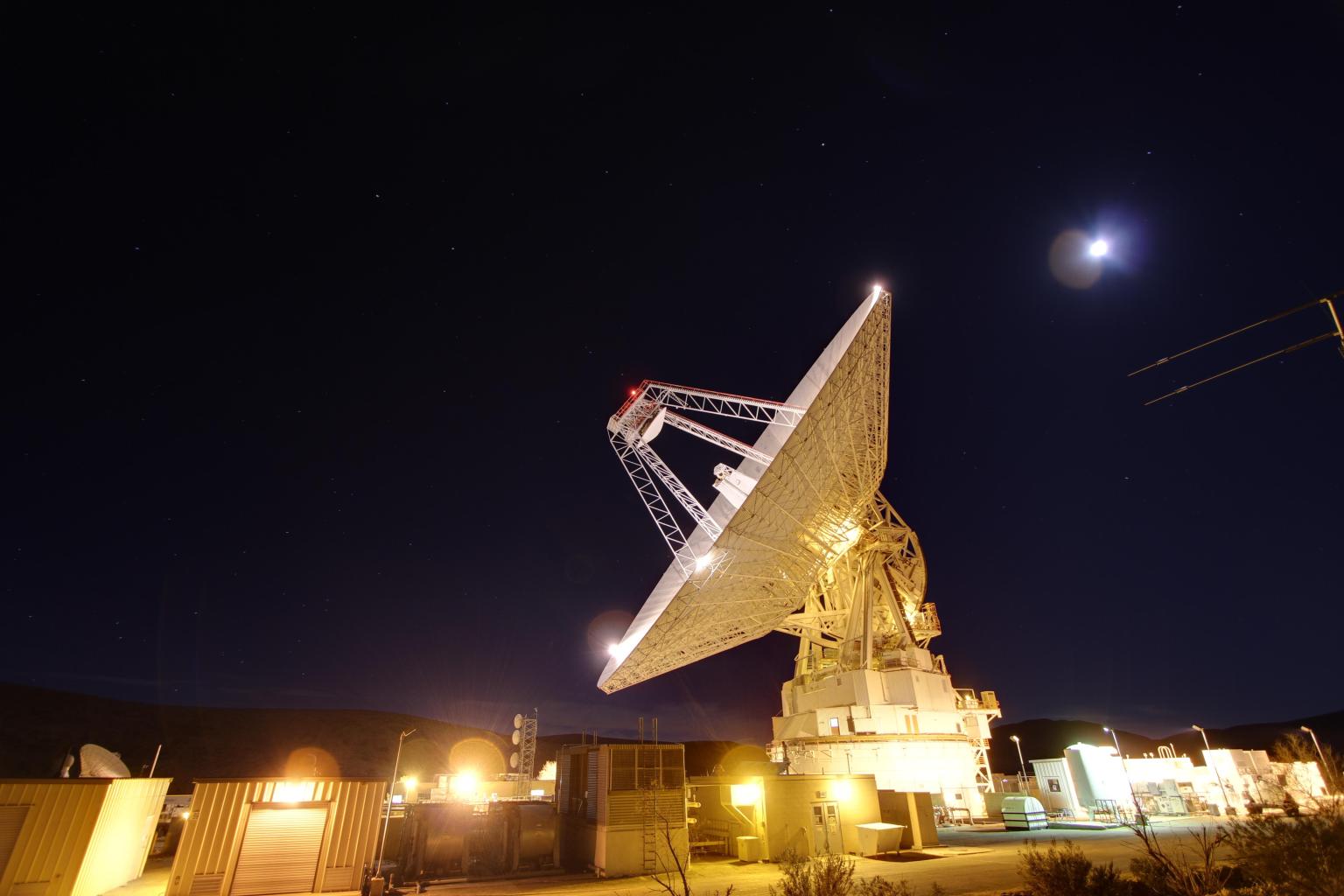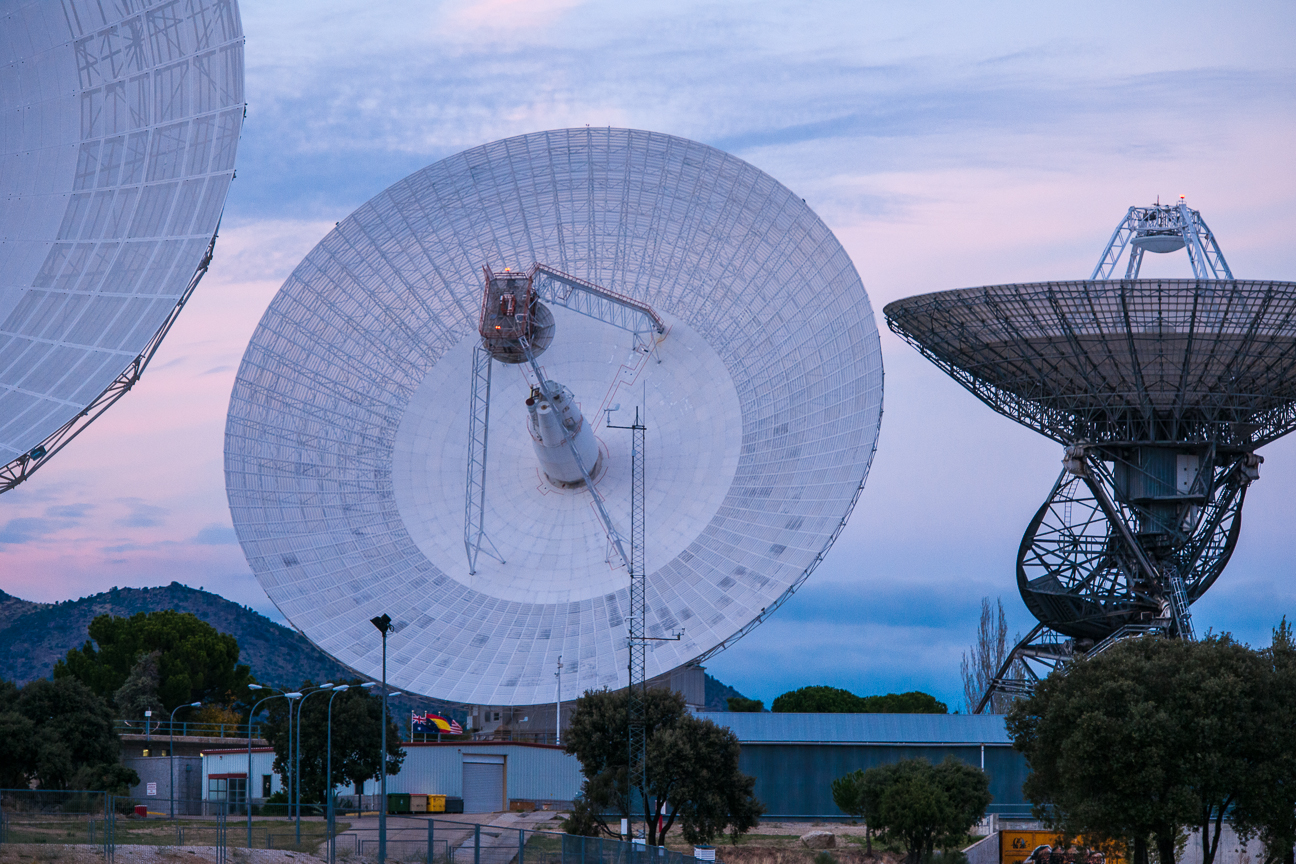Wideband Quick Facts
Lab-Proven Technology
Wideband terminal technology was lab proven in 2021 by both NASA Glenn and the Johns Hopkins Applied Physics Laboratory (APL). NASA’s groundbreaking roaming experiments successfully switched services between NASA’s satellite system and a commercial satellite for the very first time.
Learn More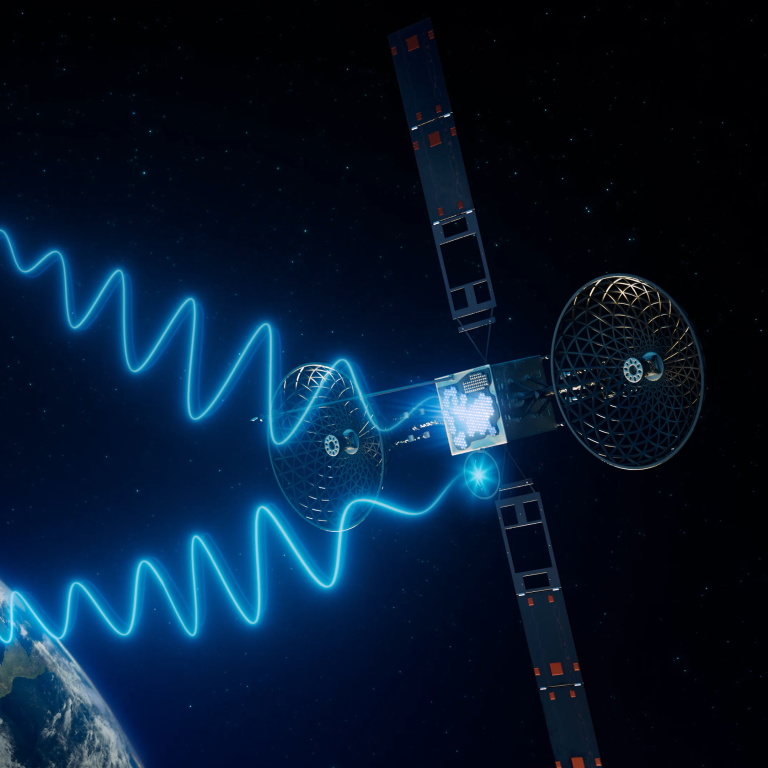
Technology Demonstration
NASA is testing wideband technology in space for the first time using a terminal called PExT, which launched in the summer of 2025.
Learn More About PExT about Technology Demonstration
Commercializing Communications
Commercial Communications
As the agency enters a new era of space communications, emerging science missions will now use commercial satellite relay services to complete their near-Earth operations. Wideband terminals will empower missions to share data seamlessly across multiple provider networks during this transition.
Learn MoreSpace Communications and Navigation
Communicating with Missions.
NASA SCaN (Space Communications and Navigation) is the program office for all of NASA’s space communications operations. SCaN’s Near Space Network and Deep Space Network enable more than 100 NASA and non-NASA missions to explore the unknown, innovate for the benefit of humanity, and inspire the world through discovery.
Learn More

